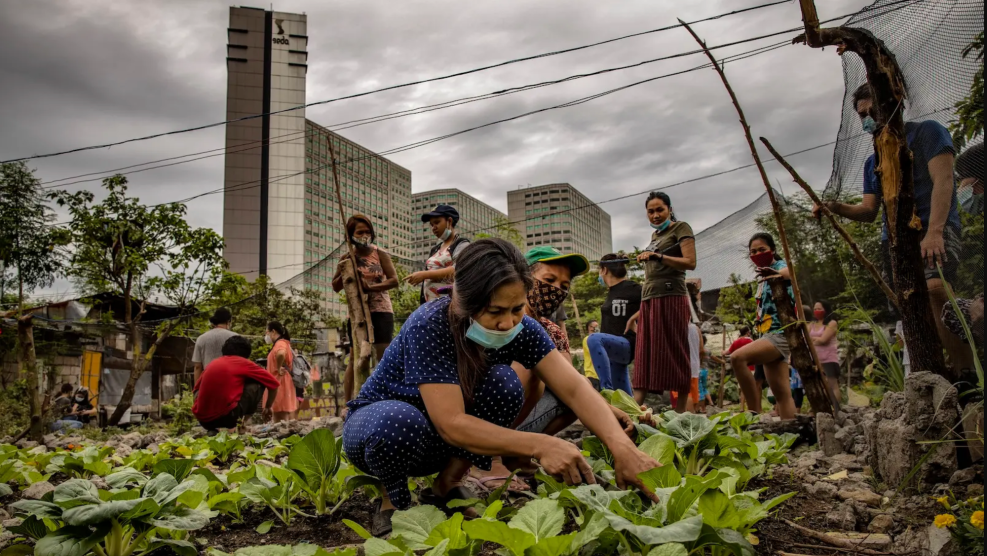Sherrie Chapman, one of the original plaintiffs in Shumate vs. Wilson, continues to wage her own battle against a prison system that she says has left her body ravaged and disfigured by breast cancer.
A 40-year-old woman serving a life sentence for murder at the California Institute for Women, Chapman has been in prison since 1981. In 1985, Chapman found lumps in both her left and right breasts, and reported her concerns to medical staff. Despite her repeated requests for medical tests — and despite a history of breast cancer in her family — Chapman was not given a mammogram until 1994, when the lumps were actually visibly protruding from her right breast.
More than eight months later, a biopsy was finally taken, and it confirmed breast cancer. Nearly 10 years after she first reported her concerns, Chapman had a mastectomy of her right breast.
Chapman’s struggle with her health — and with the prison medical care system — didn’t end there. Throughout 1996, Chapman complained of pain and vaginal blood clots, as well as the persistent lumps in her left breast. In January 1997, surgeons finally removed Chapman’s left breast, but waited until late 1997 to treat her worsening uterine pain. By that point, Chapman’s diagnosis was uterine cancer, necessitating a hysterectomy.
The resulting lawsuit, Chapman vs. Maddock, alleges serious indifference to the medical needs of the prisoners, asserting that Chapman’s current physical condition is a direct result of prison policies. MoJo Wire’s request to interview Chapman by telephone was denied as a result of a statewide ban on inmate-media interviews.
Pierson of LSPC reports that Chapman has lost weight and is in continuous pain, and says that the prison staff refuse to provide her with anything stronger than Tylenol or Motrin. Lt. Sebald, who handles media inquiries for the prison, said he was not able to comment on her case or her current well-being.
According to Pierson, Chapman has not been given her prescription for Tamoxifen, a breast cancer treatment and prevention drug, for several months. “She’s tired,” says Pierson of her client. “She doesn’t want the lawsuit to go away, but she’s tired of the daily battles.”
















